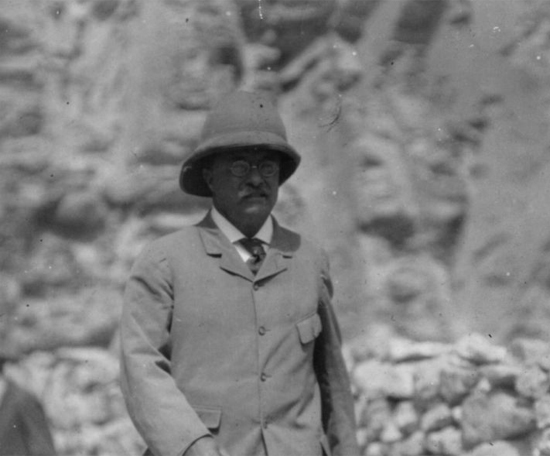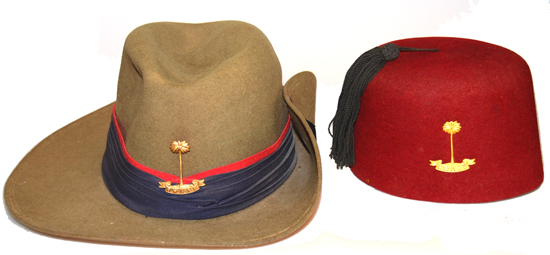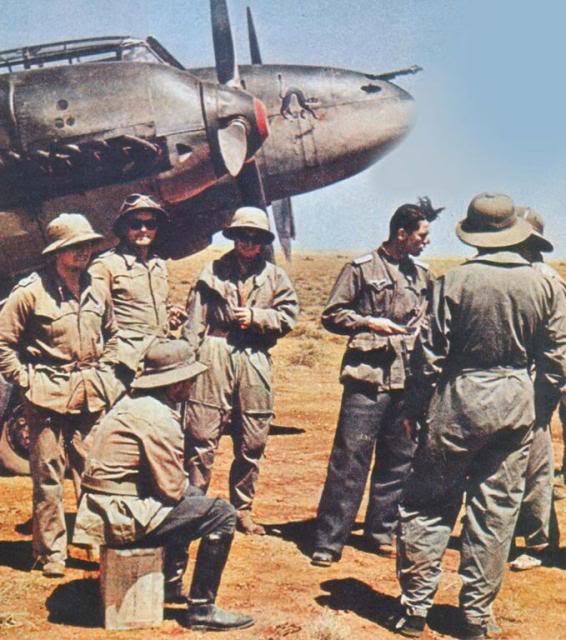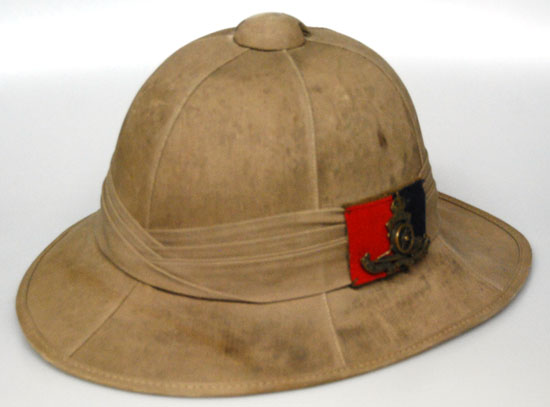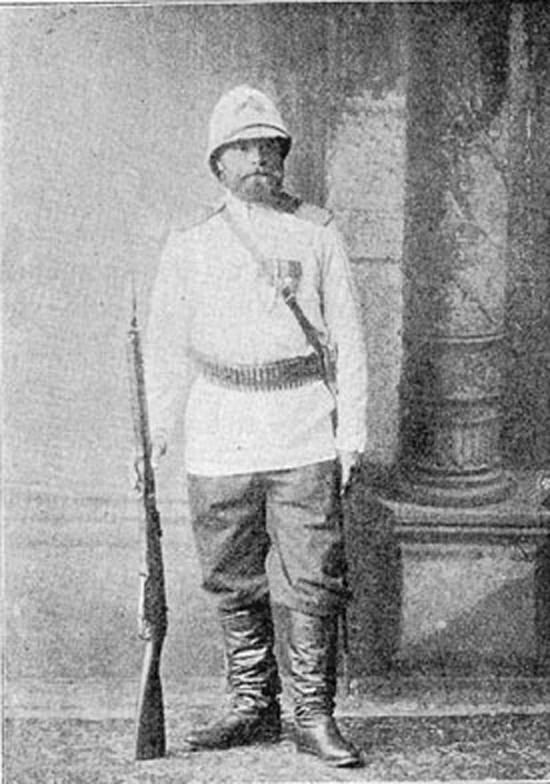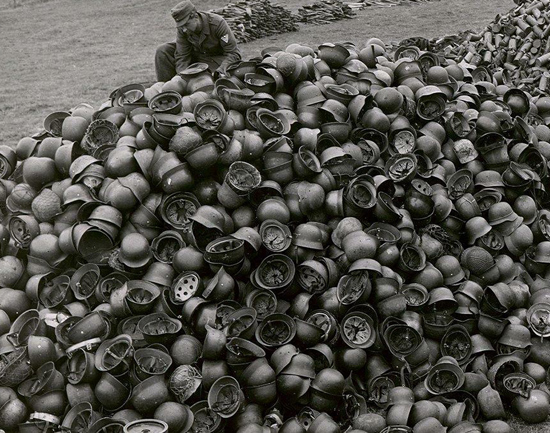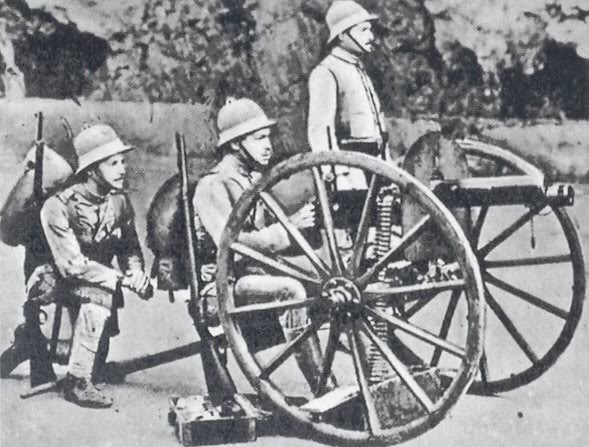In his life Theodore Roosevelt, Jr. wore many hats in a figurative sense – he was an American politician, author, naturalist, soldier, explorer, historian and of course was the 26th President of the United States. He was known for his exuberant personality and was born to a wealthy New York City family; he was a sickly child who suffered from asthma but grew into a man with a “cowboy” persona and robust masculinity. He attended Harvard College, was New York City Police Commissioner and resigned from the U.S. Navy Department at the outbreak of the Spanish-American War to help form the famous Rough Riders – a unit made up of wealthy Easterners and Western cowboys.
While he didn’t wear a sun/pith helmet when in the military – at the time the American Army and USMC did use the Model 1887 pattern helmet – he would don the safari style helmet after he left the White House. Continue reading

